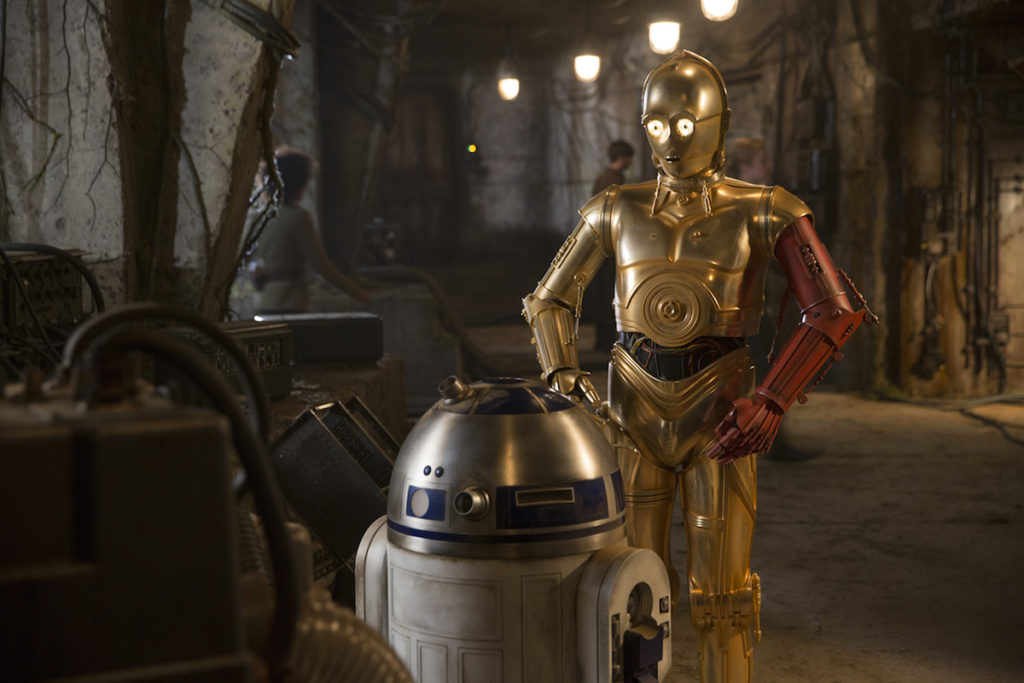OpenAI has once again astonished us mere mortals with some interesting advancements in something we can barely understand.
You may be aware of the recent phenomenon involving artificial intelligence generating its own gorgeous artwork from simple text prompts, but while we were distracted with the beauty of that AI art, we missed an important finding back in May. Researchers have discovered that this AI image program has created its own language.
Playing with DALLE-2’s text prompts, University of Texas Austin Ph.D. student Giannis Daras found that the seemingly random text included in AI art isn’t as random as we thought.
“A known limitation of DALLE-2 is that it struggles with text,” Daras wrote on his Twitter. “For example, the prompt: “Two farmers talking about vegetables, with subtitles” gives an image that appears to have gibberish text on it. However, the text is not as random as it initially appears…”
 The “subtitles” that the AI came up with in this particular case were the words “vicootes” and “Apoploe vesrreaitars,” which don’t seem to have any meaning in any known language.
The “subtitles” that the AI came up with in this particular case were the words “vicootes” and “Apoploe vesrreaitars,” which don’t seem to have any meaning in any known language.
But when Daras ran the words back through DALLE-2 as a text prompt, he discovered that “vicootes” created images of vegetables and “Apoploe vesrreaitars” created images of birds. “It seems that the farmers are talking about birds, messing with their vegetables,” Daras concludes.
You might be thinking at this point that this could be a coincidence, but Daras continued the research with more and more words that all eerily made sense. “Some words from the DALLE-2 language can be learned and used to create absurd prompts,” he wrote. “For example, ‘painting of Apoploe vesrreaitais’ gives a painting of a bird. ‘Apoploe vesrreaitais’ means to the model ‘something that flies’ and can be used across diverse styles.”
Another example: “Two whales talking about food, with subtitles”. We get an image with the text “Wa ch zod rea” written on it. Apparently, the whales are actually talking about their food in the DALLE-2 language. (4/n) pic.twitter.com/cqlUYXlLvf
— Giannis Daras (@giannis_daras) May 31, 2022
Daras and a colleague, Alex G. Dimakis, penned a paper entitled “Discovering the Hidden Vocabulary of DALLE-2” to summarize their findings. In it, they cover everything from the initial farmer image to more advanced research that includes compiling sentences with this AI vocabulary.
“From the previous example, we learned that Apoploe vesrreaitais seems to mean birds. By repeating the experiment with the prompt about farmers, we also learn that: Contarra ccetnxniams luryca tanniounons may mean pests or bugs. An interesting question is whether we can compose these two concepts in a sentence, as we could do in an ordinary language. In Figure 1, we illustrate that this is possible, at least sometimes. The sentence: ‘Apoploe vesrreaitais eating Contarra ccetnxniams luryca tanniounons’ gives images in which birds are eating bugs.”
While this is the first time that an AI art program has reached these levels, it’s not the first time AI has created its own language. Back in 2017, Facebook had to shut down its “Bob and Alice” AI bots after they stopped speaking English and started speaking their own language. It is thought that this particular AI was using its own language to communicate more efficiently than the English language could offer. Y-I-K-E-S.
And way back in the ancient days of 2011, a University of Queensland experiment discovered that robots could communicate with each other through a series of electronic noises. “R2D2, you know better than to trust a strange computer!”
We’re only chipping away at the tip of the iceberg on what AI can do, and it’s a bit scary. But it’s also intriguing. While I believe that we still have a long way to go before AI is perfecting the nuances of complete verbal communication with its own language, this little experiment from Daras shows that it’s possible.
[Via Futurism]
Want to chat about all things post-apocalyptic? Join our Discord server here. You can also follow us by email here, on Facebook, or Twitter. Oh, and TikTok, too!


Leave a Reply